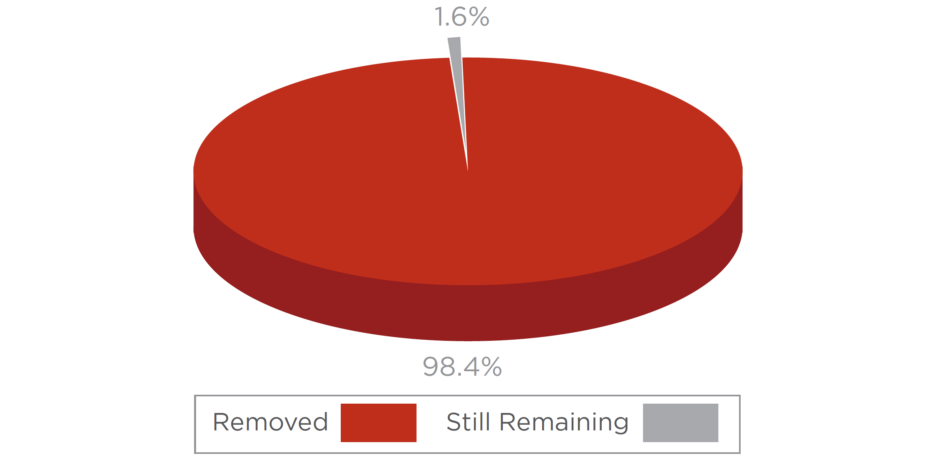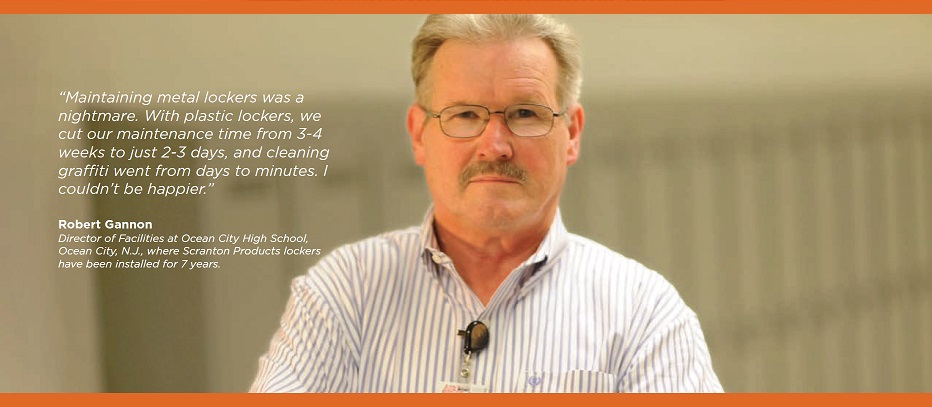When it comes to a career in the healthcare industry, fighting against germs is an everyday challenge. Even with the all of the quality control measures hospitals and clinics take on a daily basis, germs still present an ever-present risk to good health. We can’t address all the surfaces healthcare workers and clinicians come in contact with every day, but we do have a solution for storing lab coats, scrubs and uniforms. Tufftec healthcare lockers provide an answer for minimizing MRSA, germs and mold due to its non porous HDPE surface.
HDPE – Naturally Germ Resistant Surface
While these lockers are designed to meet the healthcare industry’s needs for storage, Tufftec lockers not only meet that need, but exceeds it by creating lockers built from germ-resistant HDPE. The solid core makeup and properties of HDPE provide that much needed bacteria resistant surface that is impermeable to moisture. Since no moisture can permeate the surface, the locker surface can resist bacteria and provide a clean environment to store clothing.
Testing shows that within 24 hours 98% of MRSA bacteria naturally dies off of Tufftec HDPE Healthcare lockers without the use of any cleaning solutions. *

*Testing conducted by SiTU Biosciences LLC by the ISO 22196 methods
Heavy Metal Not The Right Choice For Healthcare
Outside of the scientific research that makes the case for using an HDPE product, the low maintenance and sustainability provided by HDPE are clear benefits that a traditional metal locker cannot boast. The lockers are impact and dent resistant, making them a better choice than metal in the busy healthcare industry. The 100% recyclable, HDPE materials withstand the harshest daily use, while remaining virtually maintenance free.
Read more about how Tufftec healthcare lockers were the right choice for a new patient care facility in Missouri.


